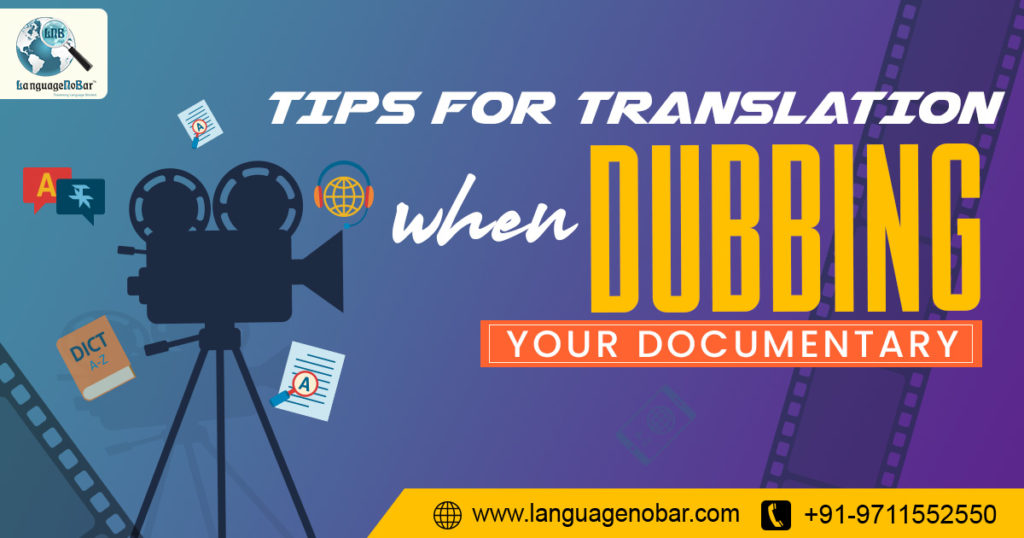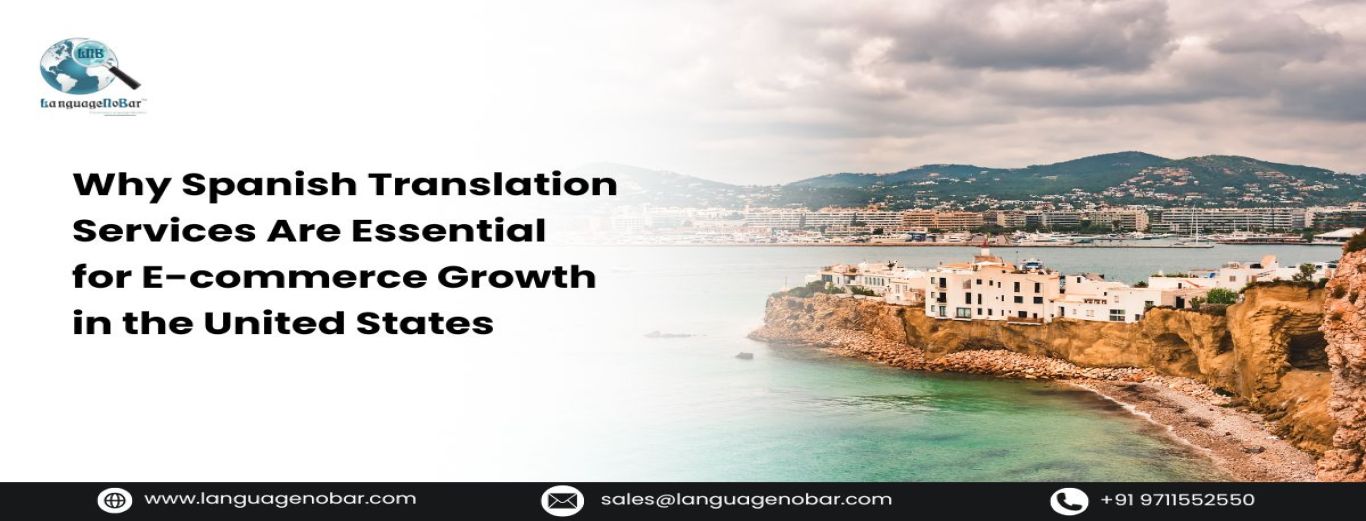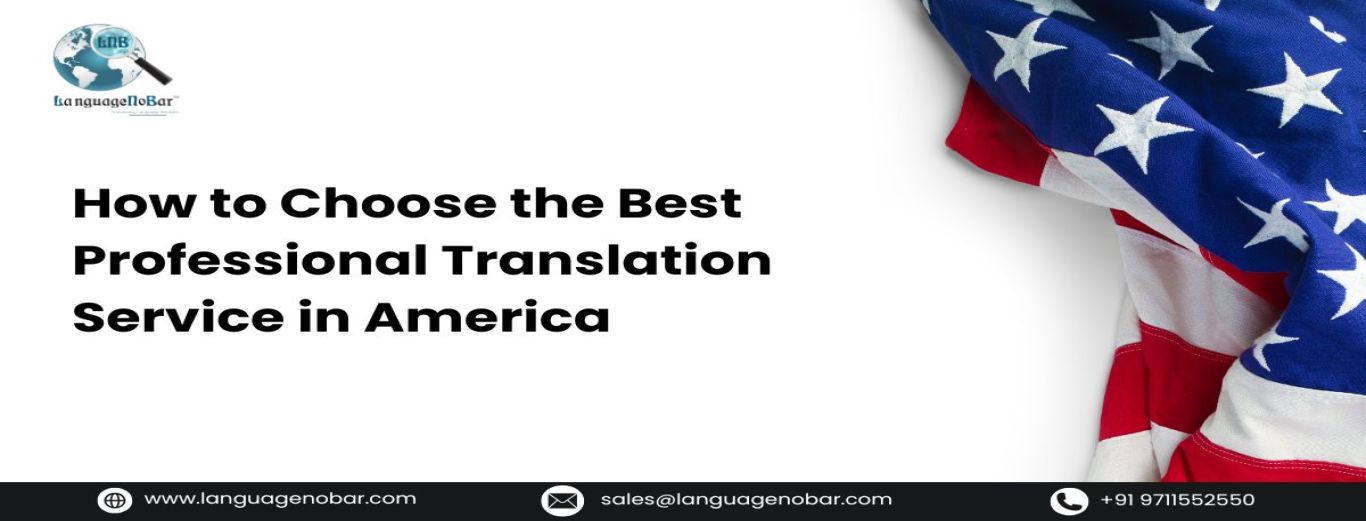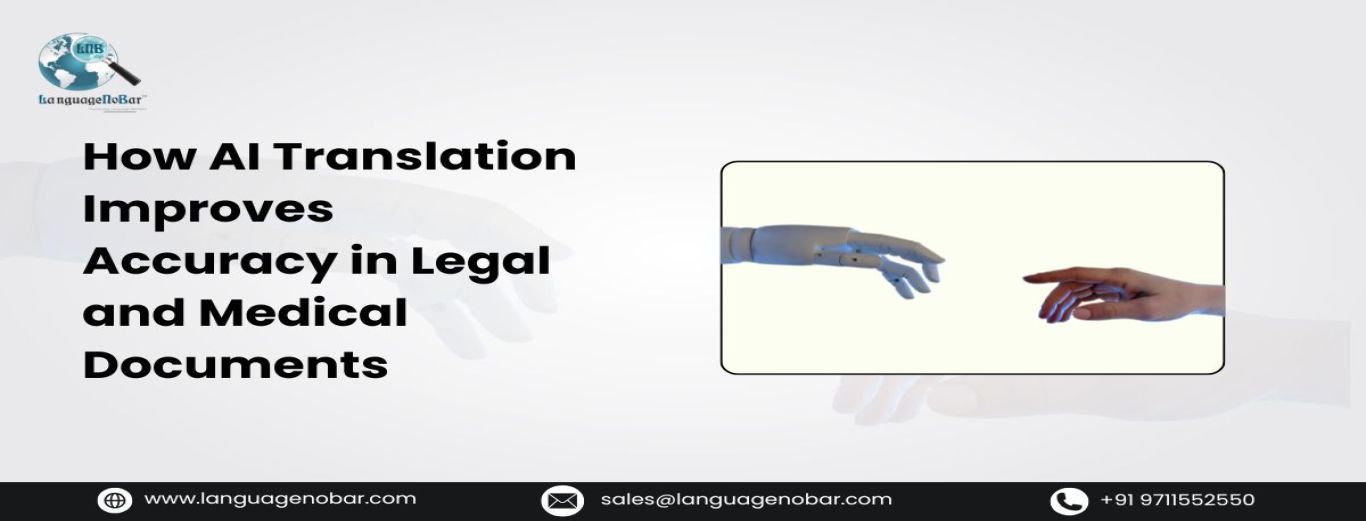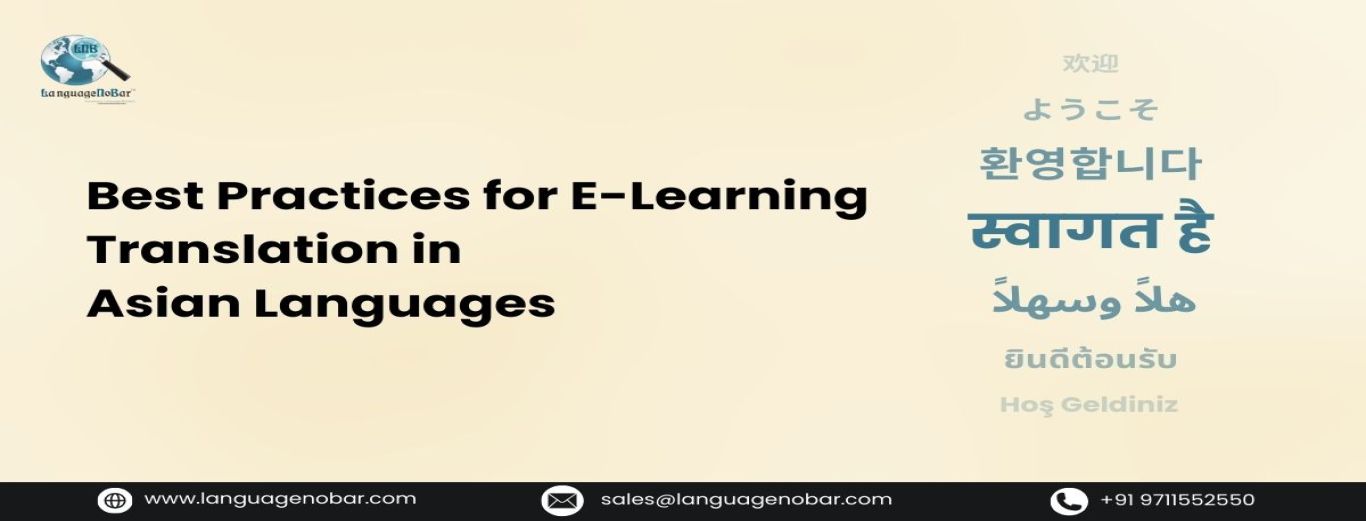5 Key translation tips while getting your documentary dubbed into another language
- Document Translation
- Comments (0)
Documentaries are non-fictional,audio-visual stories that serve various purposes such as, educating theaudience, raising a perspective or defending it, bringing cultures andtraditions of some far-away place into the lights of the modern world, etc. Documentaries have always been around us, fulfilling their role of deciphering variousaspects, telling the story, and influencing the understandings of the audience.Now since the world is getting more intermingled day by day, the fine works of documentaries are needed to be translated and dubbed into different foreignlanguages. The main purpose of a documentary can be served only by making itreach the maximum number of audiences, and for that translation ofdocumentaries into different languages is important.
When the aim is to spread a message orexplain a perspective in a foreign language, the first and foremost importantthing is that the audience should receive the message and understand exactlywhat is being imparted by the documentary. That’s why, professional translation services and dubbing of documentaries into foreign languages, is a job needing utmost care and attention, and that’s where LanguageNoBar comes into the picture. Here are 5 key translation factors to be kept in mindwhile getting documentaries dubbed into another language: -
Never Go for Word-to-Wordtranslations:
This is the most prevalent mistake done while translating adocumentary, as this focuses more on what is being said rather than what doesit mean. It causes discrepancies in thestructure and essence of the theme, on which the documentary is based. Thisalso makes the delivery of the message difficult and inconsistent, and in total compromising with the purpose of thedocumentary. So, it is to be remembered while translating, that it is done towiden the reach of the documentary and make the reception of the idea easily understandable.
Cultural Acceptance is a must:
While translating adocumentary, the cultural acceptance of words and phrases are needed to bechecked. Certain words or phrases that exist in the original language may havetheir roots tied to past and cultural and social heritage, translating these into the target language needs proper expertise. Similarly, certain phrases maynot exist in the target language, and while translating one has to carefullydrive the idea and make it easily comprehensible without compromising with the social and cultural norms.Always keep in mind that translation is a cultural phenomenon and compromisingit can be hazardous. As such, while we are referringto context based document translation services, we are actually referring to the localization of thatdocument/content to a particular region or locale.
Maintain the Style and Tone:
When a translationis being done for dubbing a documentary, it is important to provide a specific style and tone to what is beingsaid. The emotion a particular phrase possesses in the original language isrequired to be carried into the target language. Before translating phrases orcontexts carrying the sentimental values in the original language, the emotionand story behind it need to be understood.Therefore, appropriate style and tone for the translation are employed and save the essence of the context from gettingpurged into the process.
The Industry Specific Terms:
A major challengethat comes up while translating is addressing the category-specificterms. Terminologies belonging to different categories such as engineering, medical, etc, put up a challenge of getting them into the flow of the contextinto the target language. Let’s say one needsto translate a science documentary into a different language. In this case, translation will highly depend upon how science is explained in the targetlanguage. Thus, while translating industry-specific terms, the basic understanding of the terms becomes a prerequisite.
Avoid the Word Maze:
A crucial pointwhile translating for dubbing a documentary is avoiding the word maze ordealing with it. The ambiguous words, complex words, verbs made up of twowords, etc, are the most commonly seen building blocks of the word maze.Sometimes, certain words may not all together exist in the target language,indicating that the particular activity does not exist in the culture of people speaking that language. That is the reason why a more localized way oftranslation is preferred. Also, while translating some technical terms, themeaning is exaggerated and a lot of technicalitiesare thrown into it, which completely ruins the flow of context. Avoiding theseroad bumpers is a must thing to ensure the smooth conversion of ideas andperspectives from one language to another. This point becomes very criticalwhen we are referring to dubbing or we need Quality Audio-Video translations.
Although documentaries are found to beboring by many people, these usually present the abstract reality of the themethey are based on and put the original picture in front of us. Thus,translating and dubbing documentaries is of great significance and must be doneby professionals, as the bigger the audience spectrum is, the bigger is theimpact.
At LanguageNoBar,the translation of scripts and documentaries is done with the utmost care andconcern of the theme. We believe that the soul of a documentary lies in itsessence and it should not get lost in translation. With a team of professionalsand native speakers, we translate in more than 150 different languages, along with that we have domain/industry experts and amulti-tier quality policy, to ensure complete and overall client satisfaction.
Related Blogs -
Significance of Document Translation Services in BusinessExpansion
Hire Certified Document Translation Firm To Get Quality Services
Document Translation Services Changing the Way Business is Expanding

